The Solar Energy Industries Association (SEIA), representing over 1,200 companies and 280,000 workers in the U.S. solar and storage industry, has formally submitted comments to the U.S. Department of Energy’s (DOE) Request for Information (RFI) regarding rapidly expanding grid capacity.
SEIA argues that while the U.S. must sustain its AI dominance, achieving this requires affordable, reliable energy, a goal currently stymied by “onerous and unstable permitting policies and insufficient transmission capacity.”
Soaring demand, failing infrastructure
After decades of flat power demand, the grid is seeing significant increases in load growth, primarily from data centers and AI infrastructure. Demand from U.S. data centers is expected to reach 606 TWh by 2030, a drastic increase from 147 TWh in 2023.
The existing grid is ill-equipped for this surge, said SEIA. Over 70% of transmission and distribution assets are past the midpoint of their 50-year life expectancy. Furthermore, the rate of new transmission construction has dramatically dropped from an average of 1,700 miles per year in the early 2010s to just 350 miles between 2020 and 2023.
These issues, coupled with supply chain constraints for crucial equipment like transformers, with lead times of up to 144 weeks, are contributing to shrinking reserve margins and potential electricity supply shortfalls warned by grid operators like PJM and MISO.
SEIA said that solar and storage are the fastest energy resources to deploy and the most capable of meeting the scale of electricity demand growth. Developing a utility-scale solar project typically takes just 1.4 years, and batteries 1.7 years, significantly faster than other energy technologies, it said.
This rapid deployment is supported by a robust domestic supply chain; domestic solar module production tripled in 2024, and U.S. factories can now produce enough finished solar modules to meet nearly all domestic demand. Over $47 billion in manufacturing investments have been committed across 41 states, said the report.
However, the current permitting regime is creating significant risk. SEIA analysis finds that the completion of over 71 GW of solar and 42 GW of storage capacity, representing 74% of all capacity under development scheduled for 2026 to 2030, is at risk due to recent permitting policies. SEIA claims the current “moratorium” on permitting is accelerating a resource adequacy problem.
Call to action for the DOE
To mitigate these risks, SEIA is urging the DOE to utilize existing programs to encourage transmission investment, such as the Transmission Facilitation Program (TFP) and the Loan Programs Office (LPO). The association also recommends the DOE coordinate with federal and state agencies to standardize load forecasting and expedite permits for late-stage projects near new loads.
Natural gas cannot fill the gap, as these projects face their own delays, cost volatility, and supply chain issues, said the report. SEIA emphasizes that swift federal action is necessary to ensure the U.S. can power the AI innovations of tomorrow.
This content is protected by copyright and may not be reused. If you want to cooperate with us and would like to reuse some of our content, please contact: editors@pv-magazine.com.

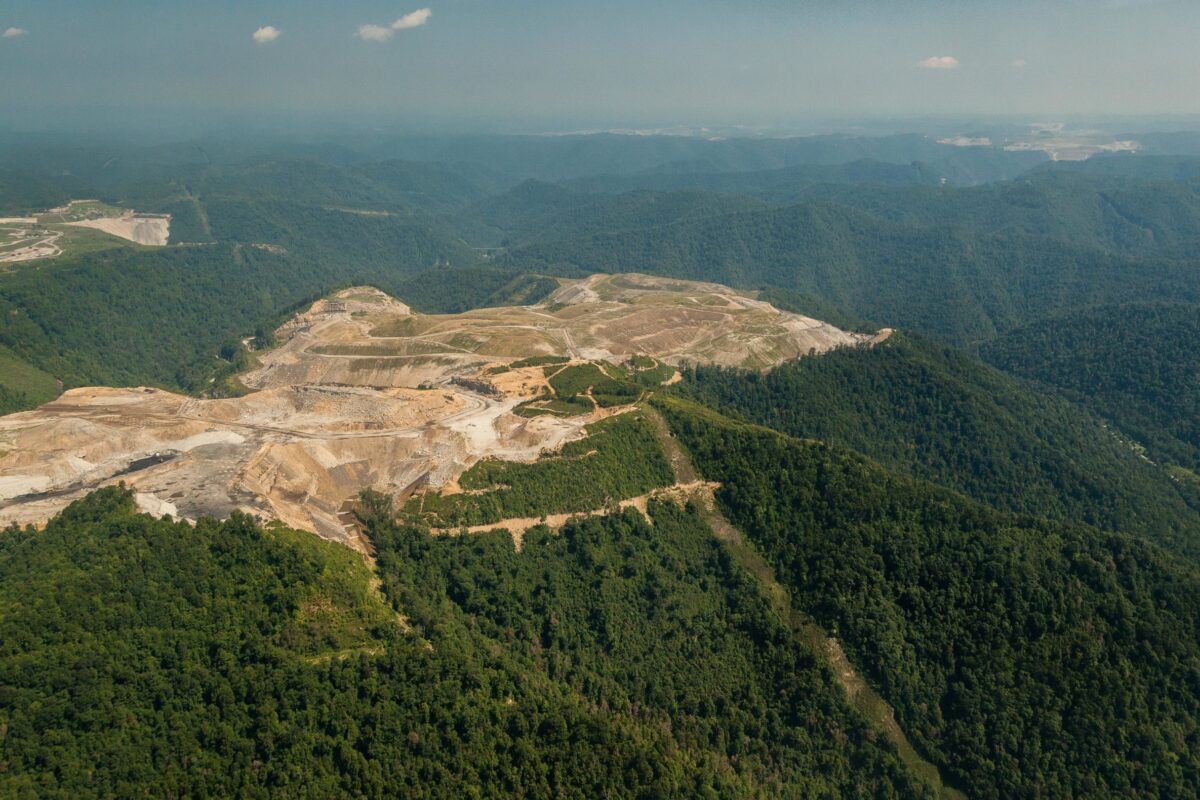



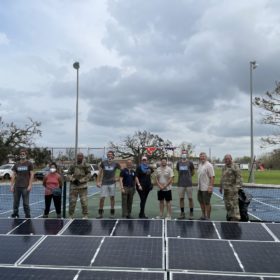
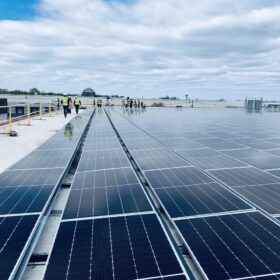
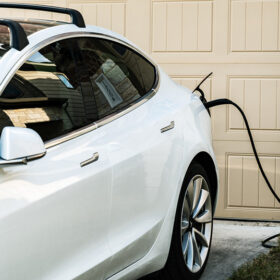
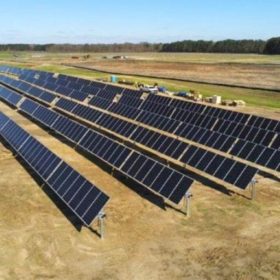
By submitting this form you agree to pv magazine using your data for the purposes of publishing your comment.
Your personal data will only be disclosed or otherwise transmitted to third parties for the purposes of spam filtering or if this is necessary for technical maintenance of the website. Any other transfer to third parties will not take place unless this is justified on the basis of applicable data protection regulations or if pv magazine is legally obliged to do so.
You may revoke this consent at any time with effect for the future, in which case your personal data will be deleted immediately. Otherwise, your data will be deleted if pv magazine has processed your request or the purpose of data storage is fulfilled.
Further information on data privacy can be found in our Data Protection Policy.